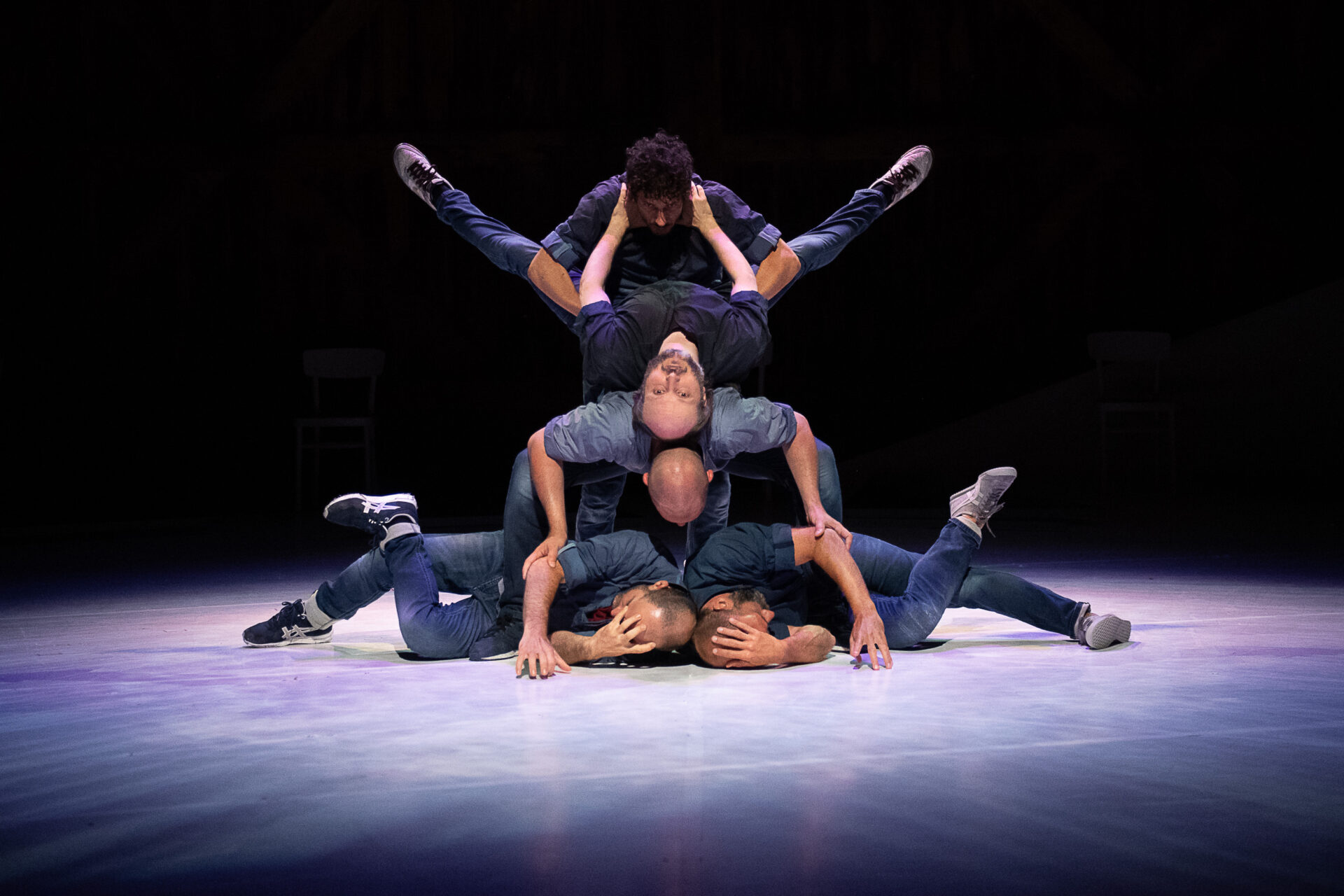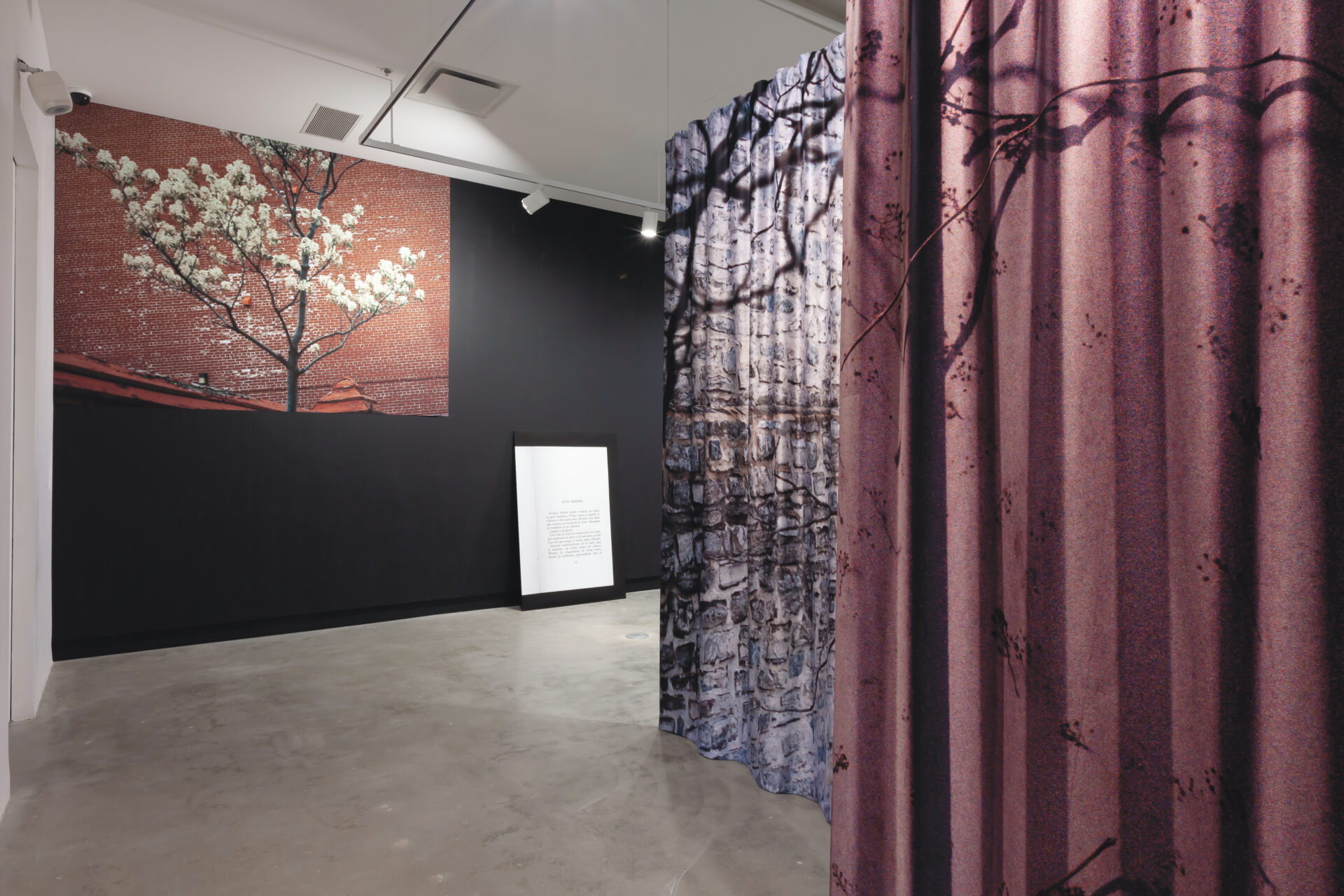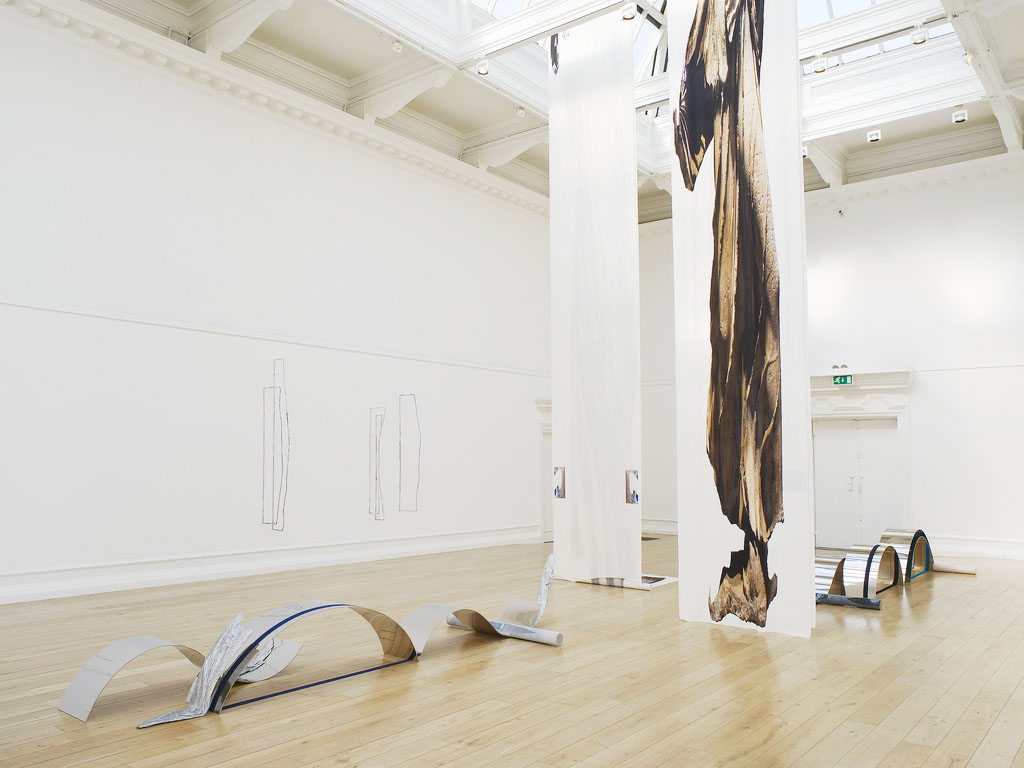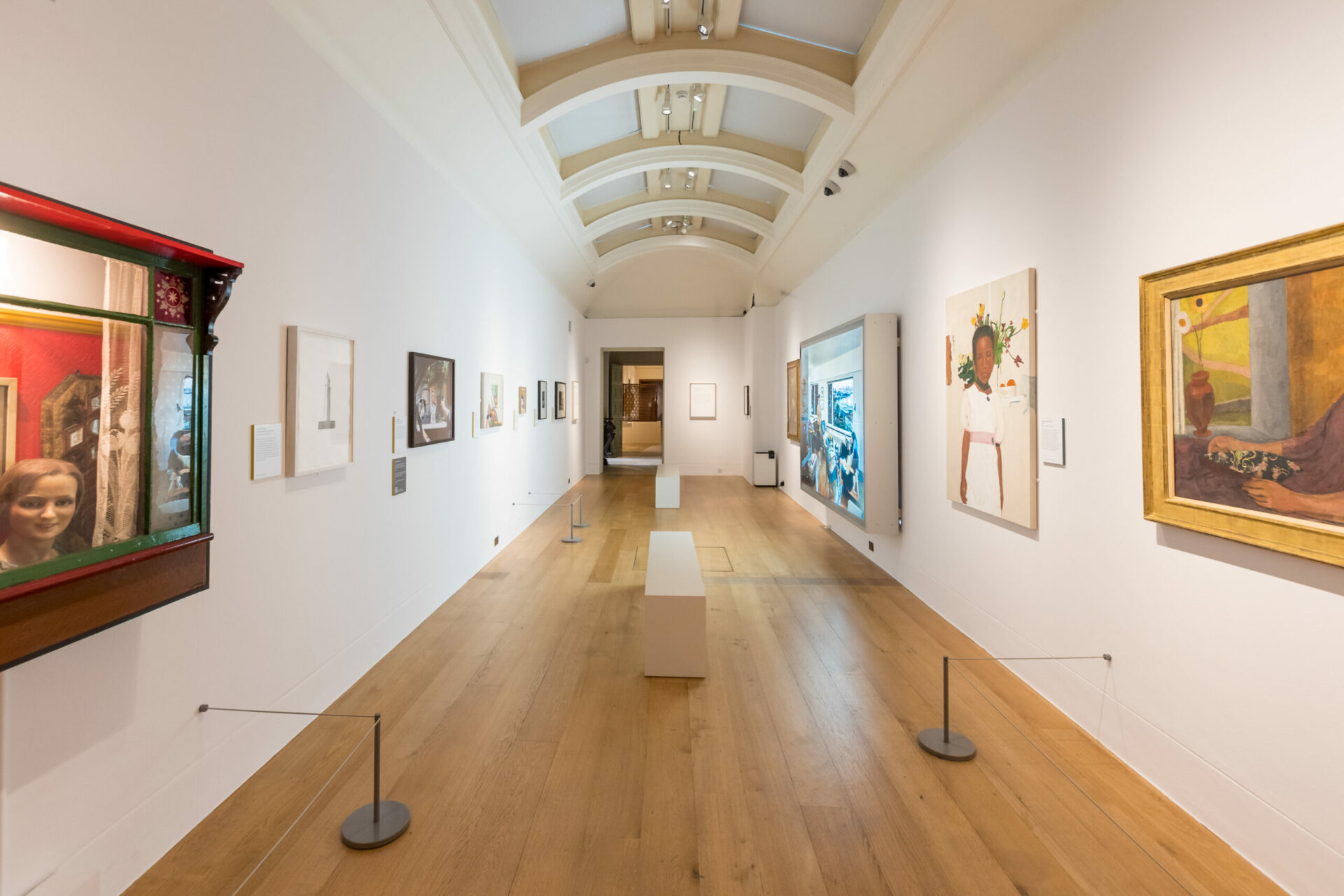Recoil performance group, MASS – bloom explorations
Overgaden Institut for Samtidskunst and Dansehallerne, Copenhagen
May 1–6, 2018
May 1–6, 2018

Photo : Søren Meisner (088 Neven Lochhead)
Overgaden Institut for Samtidskunst and Dansehallerne, Copenhagen
May 1–6, 2018
May 1–6, 2018
[En anglais]
In a transparent plastic dome, mealworms surround a woman dressed in a flesh-coloured latex suit. She touches them delicately. She breaks big chunks of Styrofoam into small pieces and feeds them to her companions, some of which are also feasting on chicken thighs.
Dancing With Worms
Two visitors enter the dome and start interacting with the little creatures. I follow them inside, where the crackling sound and the weird smell assail me. The dancer is moving ever so slowly around the fascinating swarm of mealworms.
Créez-vous un compte gratuit ou connectez-vous pour lire la rubrique complète !
Mon Compte


